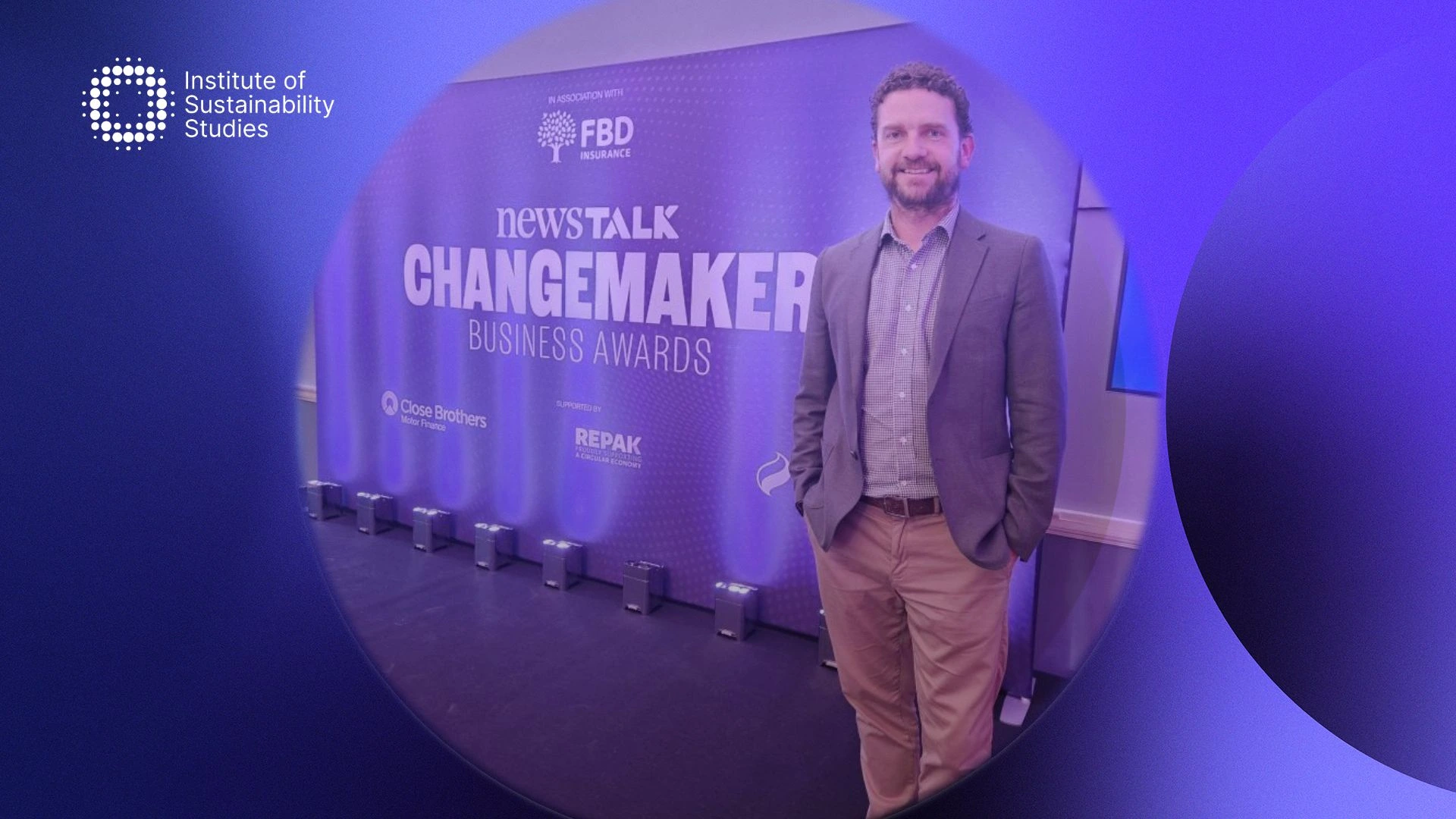Diversity, equity, and inclusion have become popular talking topics over the last few years, integral to corporate sustainability. It makes a lot of sense because creating this kind of workplace is good for business.
According to Built In, diverse businesses enjoy 2.5 times higher cash flow per employee. Besides that, it creates a better environment for your team to work in where they feel valued and inspired.
What do diversity, equity, and inclusion mean in the workplace?
Diversity, equity, and inclusion, also referred to as DEI, aim to make people from different backgrounds feel supported and welcome in the workplace. The purpose of DEI is to ensure people have what they require to perform to the highest of their abilities at work. For this reason, DEI has become a practice and policy in businesses.
Each term refers to a different quality that is important to inject into a workplace to make people feel they belong. For instance, diversity refers to differences within a workplace, whether that be gender, ethnicity, race, age, sexual orientation, or socioeconomic background.
A diverse workplace acknowledges the potential and individual strengths and values these differences. Equity refers to making certain programmes and processes fair and impartial while offering equal outcomes for each person.
Finally, inclusion means making people feel like they belong at work. Inclusion means all employees feel supported and comfortable in the business to be themselves. Ultimately, implementing these three elements shows a business recognizes the importance of employee well-being, the value of diverse voices, and emphasizes inclusivity which are all essential factors to success.
Develop the skills to champion diversity and inclusivity with our expert-led DEI Certificate course
Why are these three elements critical to business?
As mentioned above, these three elements are essential factors to succeed for businesses. Equity is vital because it encourages employees to adopt critical thinking and recognise advantages and barriers. It provides fair opportunities to all workers based on their needs. Therefore, an equitable environment incentivises employees to invest more passion and energy into their roles.
Diversity is essential because having diverse voices and points of view is good for business. This ultimately results in better solutions and ideas. Employees from different backgrounds may be able to spot things you cannot or have other innovative ideas based on their experience. The workplace is not just about professionalism; it should also foster an inclusive culture where everyone feels comfortable being their authentic selves.
Inclusion is an essential piece of the puzzle as it is what maintains diversity. Without inclusion, employees will not feel a part of the business and will be more inclined to leave. The bottom line is people want to belong. All of these elements help to develop and maintain a successful workplace. A diversity, equity, and inclusion strategy results in employees feeling more valued by an organisation, which can only improve their performance.
Summary
The importance of implementing DEI in business is apparent, but how do you create a DEI strategy? You’ll need to work from the ground up and identify your unique vision. Then, collaborate with your partners to develop your strategy and implement it. Remember always to encourage open conversations and transparency. Additionally, gather feedback and report on your efforts. Looking to embed DEI within a broader sustainability framework? Explore our online sustainability education for organisations and build the skills needed to drive meaningful change.










